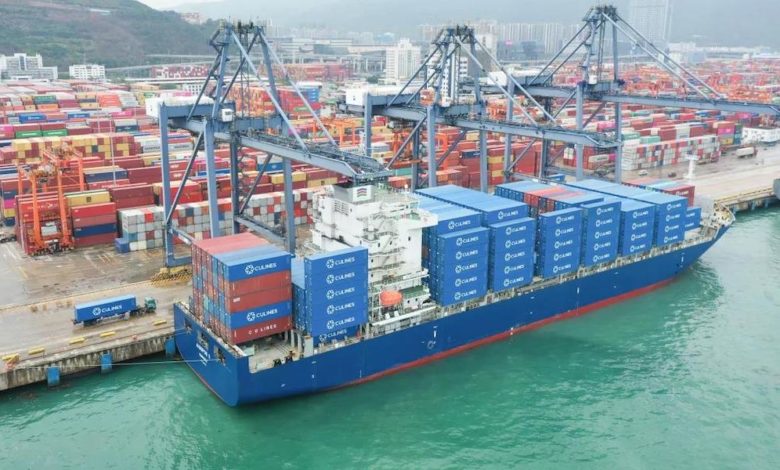35% of trade capacity on the transpacific to the west coast is now non-alliance

The transpacific has seen so many new players enter the red-hot tradelane during the pandemic to the point where non-alliance services account for 35% of the trade capacity, according to new data from Danish consultancy Sea-Intelligence. The other three major trades to the east coast as well as to Europe have seen much less change.
The transpacific has welcomed many erstwhile Chinese intra-Asia players recently while a host of shippers have also chartered their own ships to battle the supply chain crunch that has bedevilled retailers and manufacturers over the past 18 months.
As to why it is principally the Asia – US west coast route that has seen new entrants, Sea-Intelligence explained in its latest weekly report that this was largely down to the fact that barriers of entry are smaller on this trade lane compared to the other main east-west box routes.
The comparatively shorter distance to the US west coast requires fewer ships to make a service and also vessels on this tradelane tend to be smaller than on the other mainlines.

Where re the numbers to support this statement?
Which lines are said to be in the non-aligned camp and how are they ranked?
A bit more meat on the bone, please, for those of us who are not privy to the weekly report (or is this article intended to be clickbait?).
It doesn’t make any sense. The key lies in the definition of non-alliance services. If Maersk has an independent service then it is considered a non-alliance service. The headline suggests that smaller lines are becoming stronger. On the contrary, the bigger lines are becoming stronger.